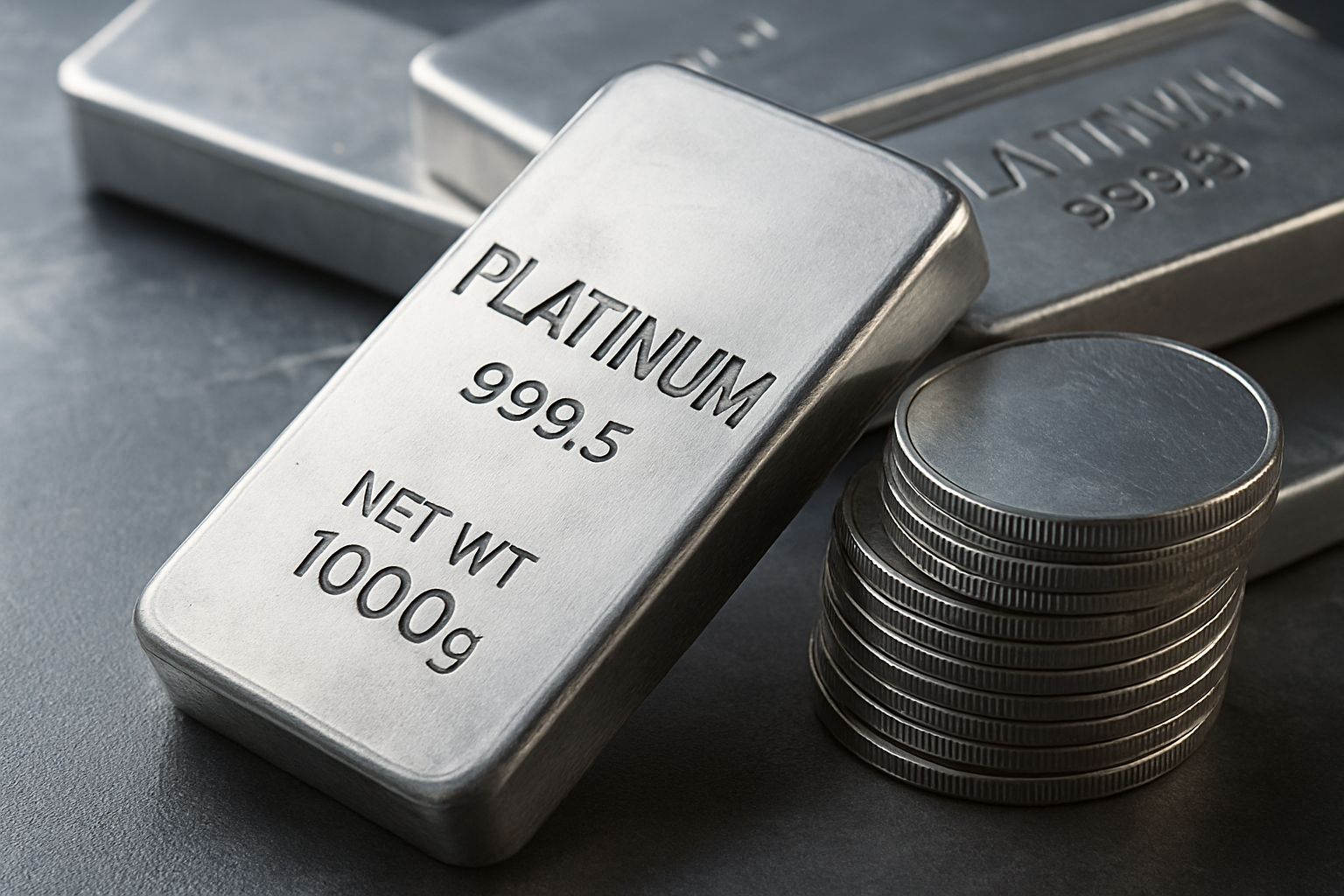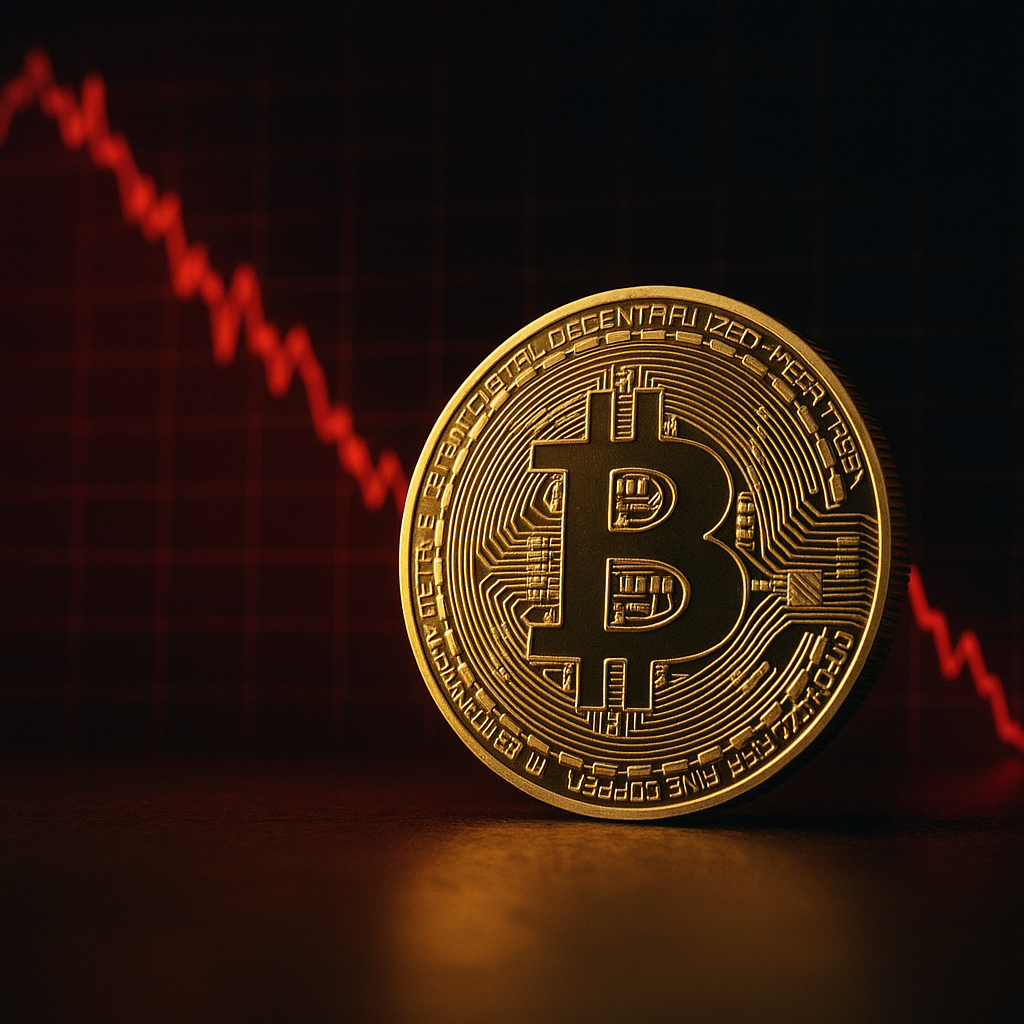The metals market is entering a new phase, and platinum is at the center of the shift. After years of structural deficits driven by industrial demand and investment flows, new data from the World Platinum Investment Council (WPIC) suggests that the metal could return to balance in 2026. The catalyst? A sharp collapse in investment demand—dropping an estimated 52%, largely due to outflows from ETF holdings and a waning appetite from speculative investors.
For investors who have spent the past three years positioning around tight supply narratives in precious and industrial metals, this marks a meaningful change. The market is beginning to signal that commodity tailwinds won’t be evenly distributed going forward, and platinum may be one of the first metals to face the downside of that cycle.
A Market Losing Its Investment Bid
Platinum’s investment demand—once one of the most influential factors pushing the metal into deficit—has weakened dramatically. According to WPIC’s latest outlook, ETF liquidations, lower bar and coin purchases, and reduced speculative positioning have together triggered the steepest decline in investment demand in more than a decade.
In recent years, platinum found support from both investors and industries tied to automotive catalysts, green hydrogen technologies, and jewelry. But the retreat of ETF demand—a trend also highlighted by Miningmx—signals a broader shift in investor sentiment. With higher global interest rates and a stronger US dollar offering alternative yield, platinum no longer carries the speculative momentum it enjoyed during 2020–2023.
This demand retreat is expected to close the supply deficit that dominated the last several years, positioning the market into a “balanced” state by 2026.
Why This Matters for Investors
The platinum market’s transition carries implications far beyond a single metal—it raises questions about where commodity strength will actually concentrate in the next cycle.
1. Commodity performance is becoming more selective.
For the past three years, many metals—copper, lithium, nickel, silver, and platinum—were swept up together in the broader narrative of electrification, supply-chain fragility, and inflation hedging. But 2025 trends show that fundamentals are now diverging significantly. Platinum’s weakening investment base demonstrates that not all metals will benefit equally from the “electrification trade.”
2. ETF-driven flows can reverse quickly.
WPIC’s reporting underscores how vulnerable metals can be when a significant part of the market is held through ETFs and short-term investment products. A shift in macro conditions—higher bond yields, fewer liquidity injections—can rapidly unwind these positions, exposing metals to swift downside pressure.
3. Industrial demand remains stable, but not enough to offset investment losses.
While platinum continues to play a role in catalytic converters and emerging hydrogen technologies, these structural trends are long-term and incremental. They cannot compensate for a collapse in near-term speculative flows.
Investors relying on “broad metals exposure” may find themselves overexposed to metals where fundamentals are deteriorating rather than improving.
Future Trends to Watch
1. Supply Dynamics
South Africa and Russia—the two largest producers—continue to face production risks due to energy shortages, operational issues, and geopolitical instability. Any unexpected disruptions could tighten the market again, even if investment demand remains low.
2. Substitution Effects
Automakers have been steadily substituting platinum for palladium due to pricing advantages. This could provide moderate demand support, but analysts from Bloomberg and S&P Global note that substitution trends plateau once the optimal ratio is achieved.
3. Hydrogen Economy Growth
Platinum plays a key role in electrolyzers and fuel cells. While governments in the U.S., Canada, and Europe continue to push hydrogen incentives, real-scale adoption will take years. Investors should be cautious about pricing near-term metals demand based on long-term technology timelines.
4. Macro Conditions
Interest rates, inflation expectations, and U.S. dollar strength will continue to influence investment flows. Platinum, like other precious metals, tends to underperform when real yields rise.
Key Investment Insight
For metals and mining portfolios, the central message is clear: avoid blanket commodity bets.
Platinum’s rebalancing shows that individual metals now have sharply different demand and supply trajectories. Investors should:
- Prioritize metals with tightening supply constraints (e.g., copper, uranium).
- Focus on those tied to high-certainty demand growth (e.g., grid expansion, AI-driven infrastructure, defense manufacturing).
- Treat ETF-driven metals with caution due to volatility from speculative flows.
- Consider reducing exposure to platinum-heavy funds until demand signals stabilize.
The next commodity cycle will favor selectivity, not broad exposure.
Stay Ahead with Reliable Insight
To navigate shifting commodity markets, investors need granular, sector-specific analysis rather than broad narratives. Follow MoneyNews.Today for daily, data-driven insights into metals, mining, and global market trends that matter most to your portfolio.





